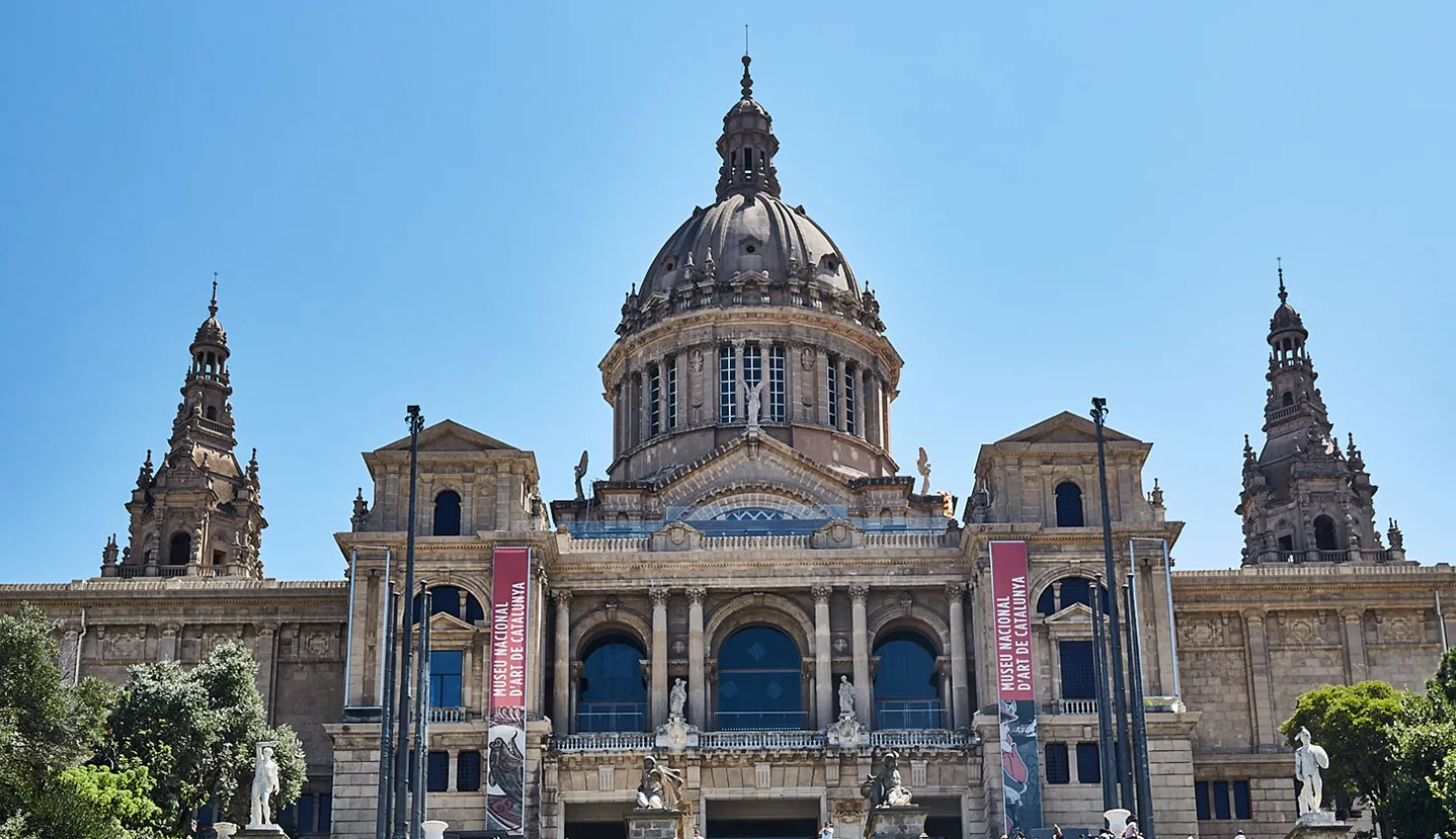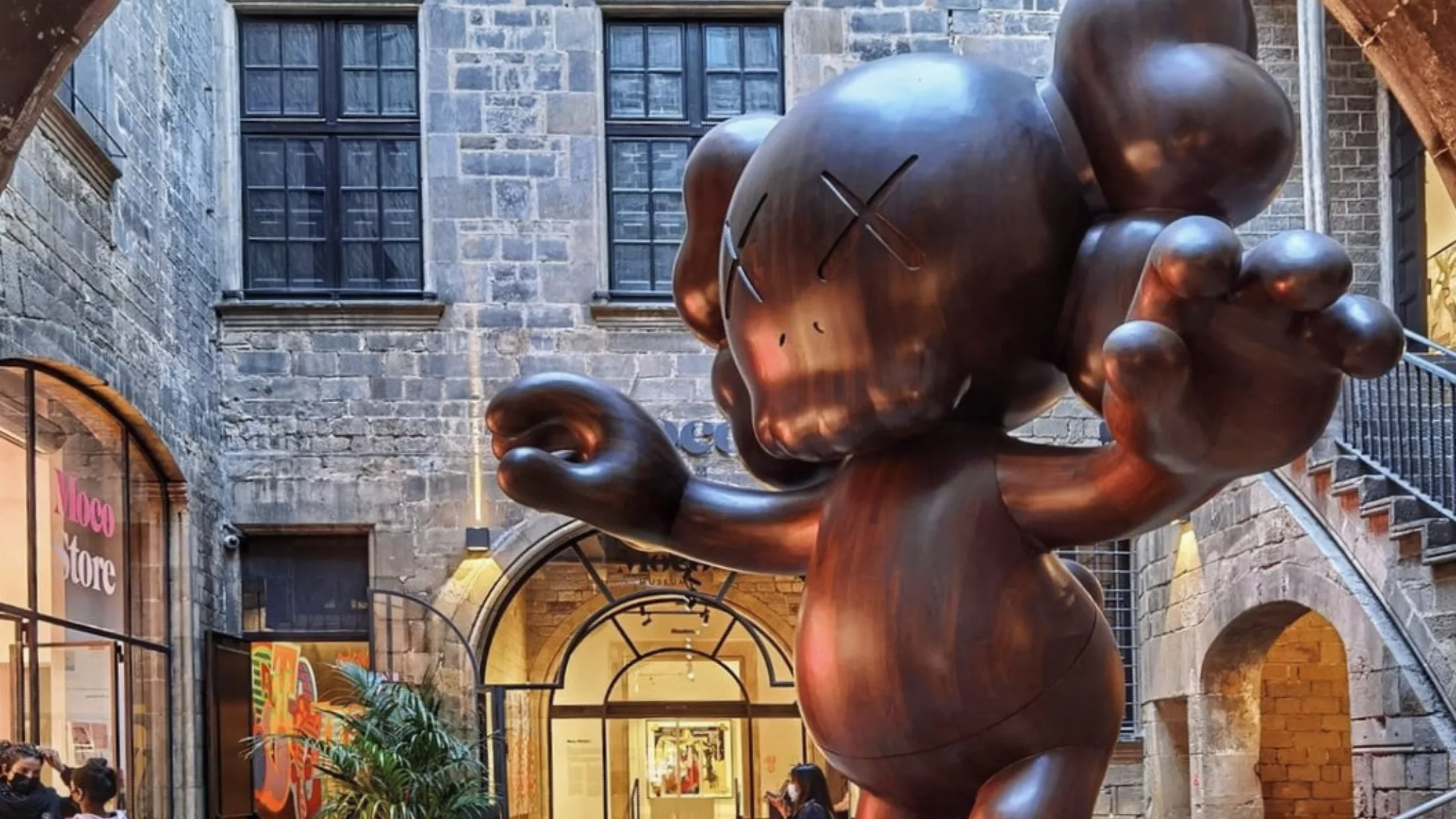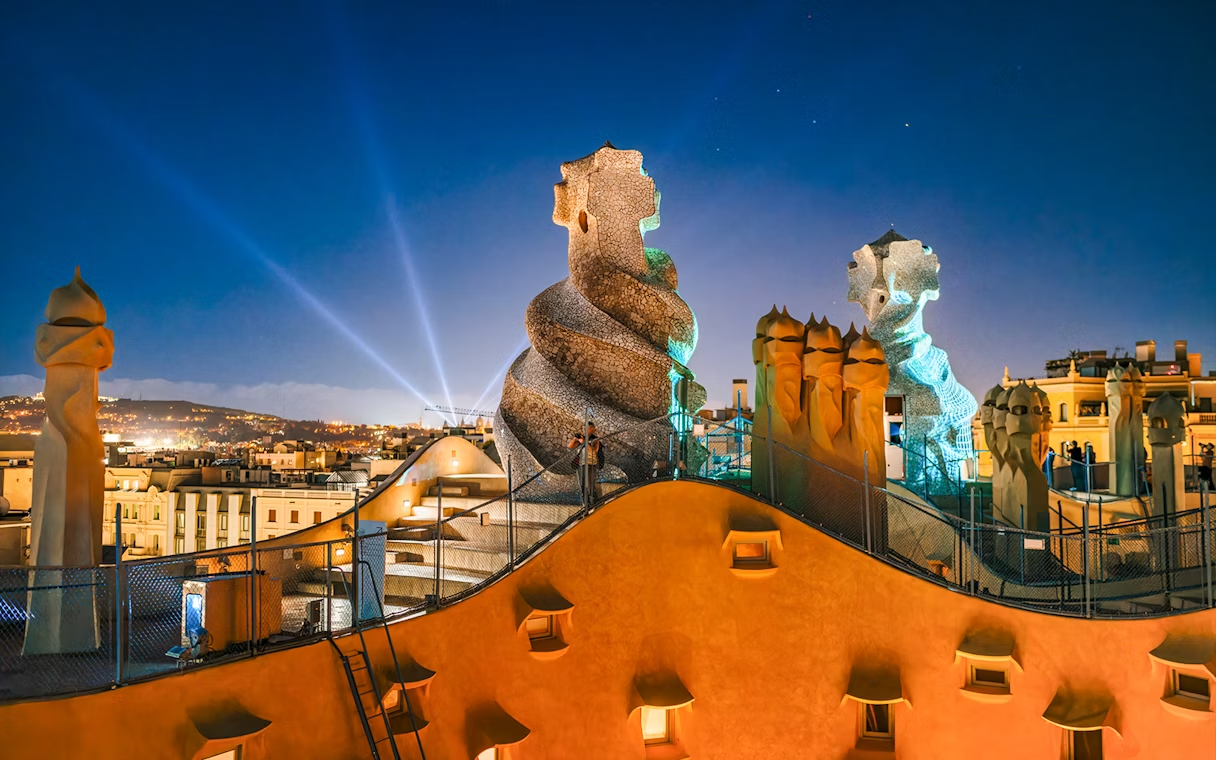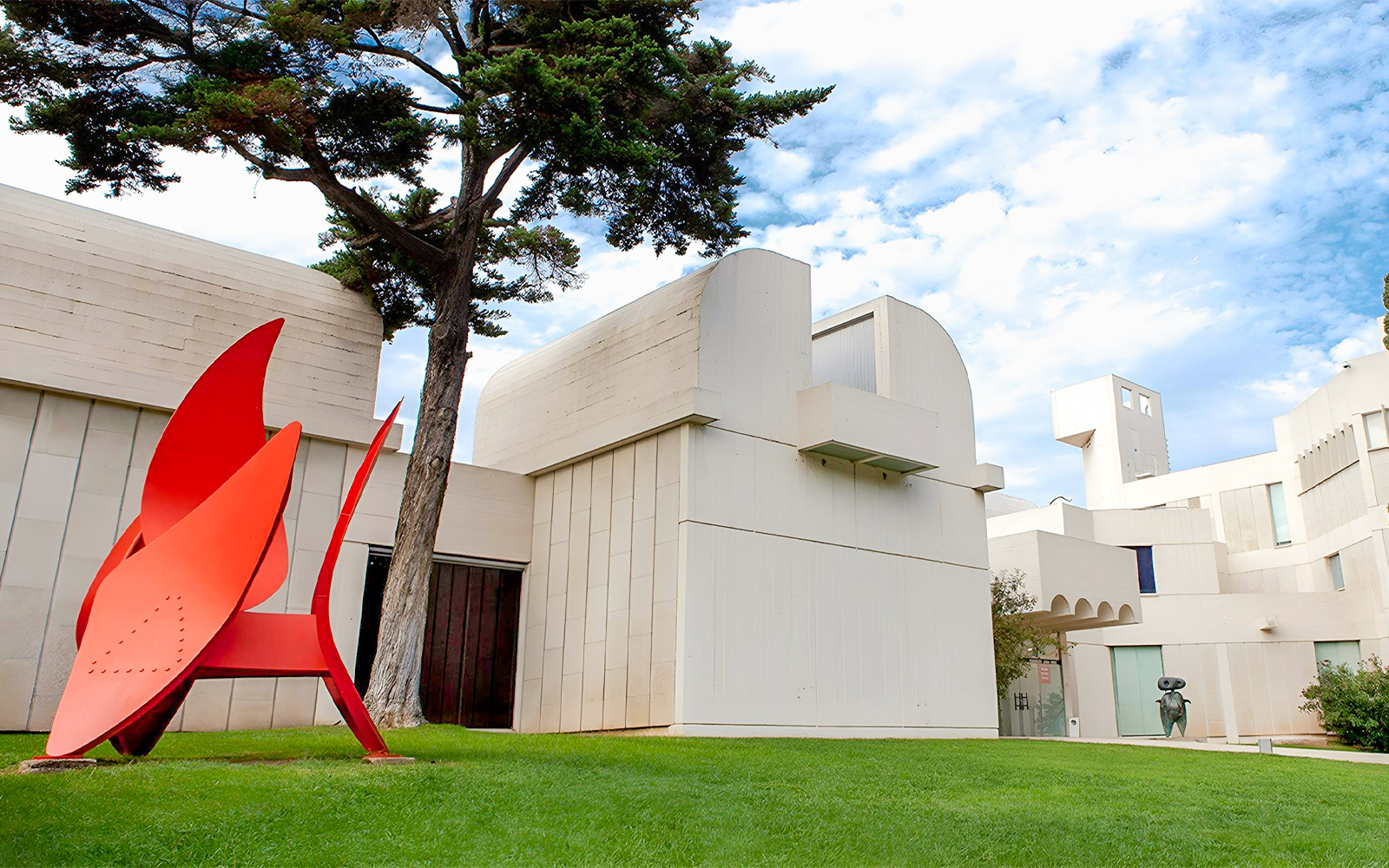What is There to See?
The Sant Pau complex is more than just one building — it’s a city within a city. Designed as a self-contained hospital, it includes multiple interconnected pavilions, each with its own architectural theme and purpose.
- The Main Pavilion: This grand entrance hall introduces the story of the hospital, featuring vaulted ceilings, stained glass, decorative tiles, and original surgical tools and documents.
- Pavilions and Gardens: There are 12 historic pavilions, each named after a saint. They’re arranged along symmetrical gardens and connected by underground tunnels. You can visit several of them inside and walk between others in the open air.
- Underground Tunnels: Originally used for discreet patient transport and staff movement, these tunnels now let visitors move between areas and experience the hospital’s layout as it functioned in the early 20th century.
- Restored Rooms and Exhibits: Each building offers a different perspective: patient wards, nurse rooms, and exhibits on medical advances, public health, and Catalan innovation.
- Architecture & Art: Domènech i Montaner used brick, colored ceramics, mosaics, and iron to create a space of healing and beauty. The detailed sculptures and allegorical frescoes were designed to comfort both patients and staff.The idea for the museum came directly from Picasso himself. Though born in Málaga, Picasso spent his formative years in Barcelona, considering it his spiritual home.
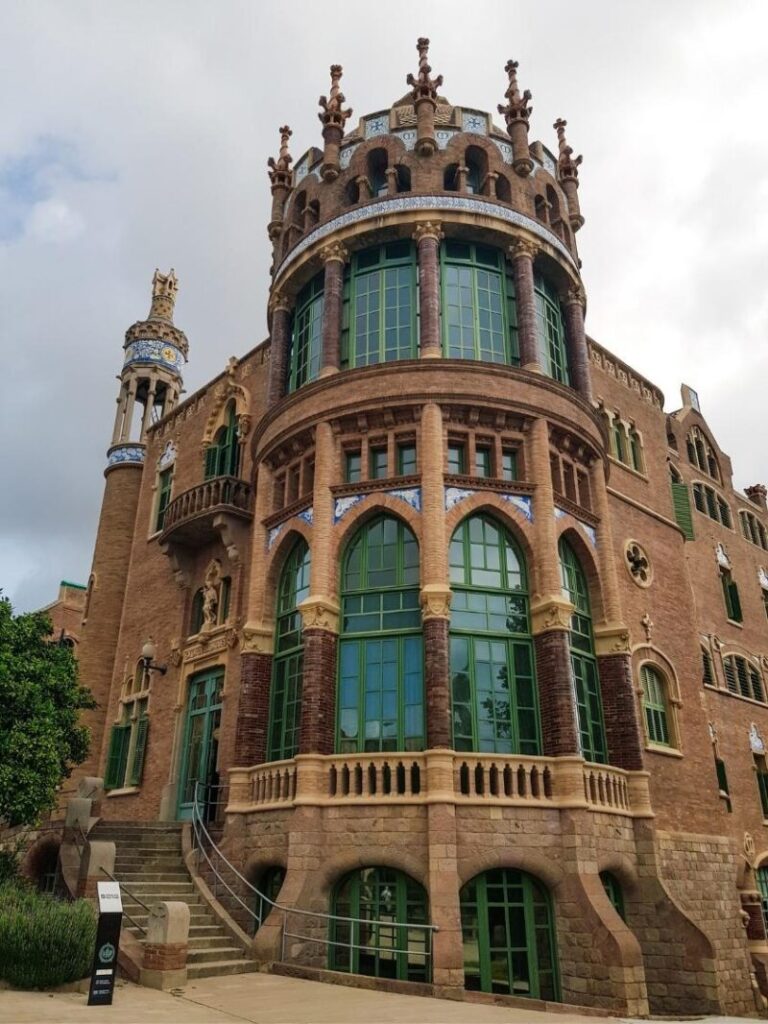
A Short History of the Hospital
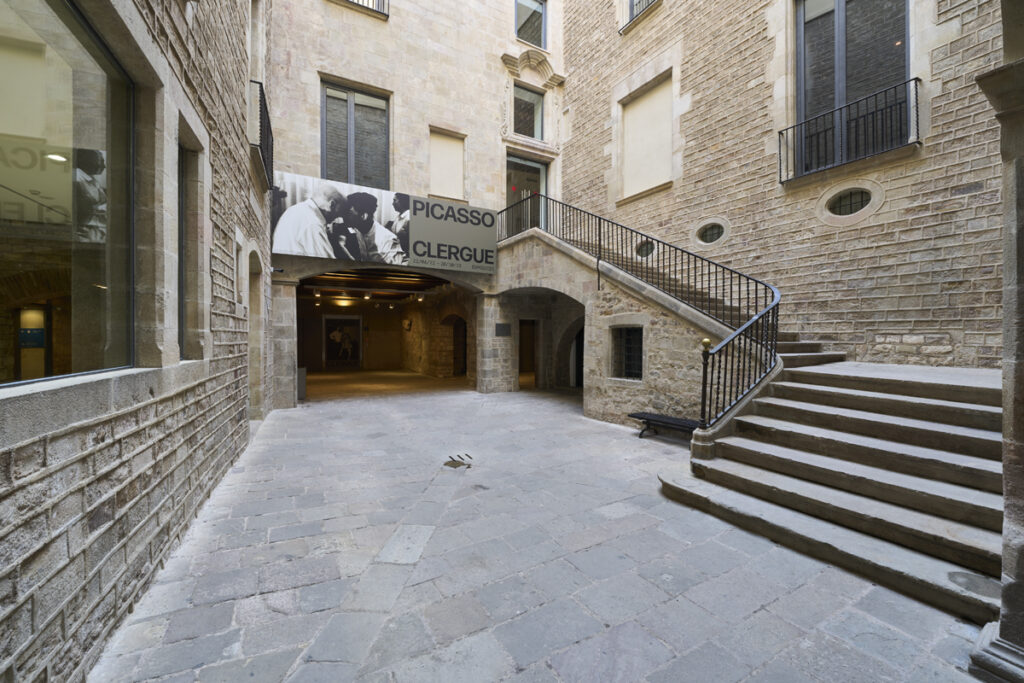
The Hospital de Sant Pau was founded in 1401, but the modern complex we see today was built between 1902 and 1930. Designed by Lluís Domènech i Montaner, it was intended to be a revolutionary medical campus that combined cutting-edge healthcare with the uplifting power of art and design.
Funded by banker Pau Gil, the hospital was dedicated to Saint Paul and became a symbol of modern medical thought, with natural light, gardens, and air circulation built into the design — far ahead of its time.
The hospital remained active until 2009, when a new medical facility was opened nearby. The historic buildings were then restored and opened to the public as the Sant Pau Art Nouveau Site, now one of Barcelona’s most breathtaking cultural destinations.
In 1997, the complex was designated a UNESCO World Heritage Site, alongside the Palau de la Música Catalana, also by Domènech i Montaner.

